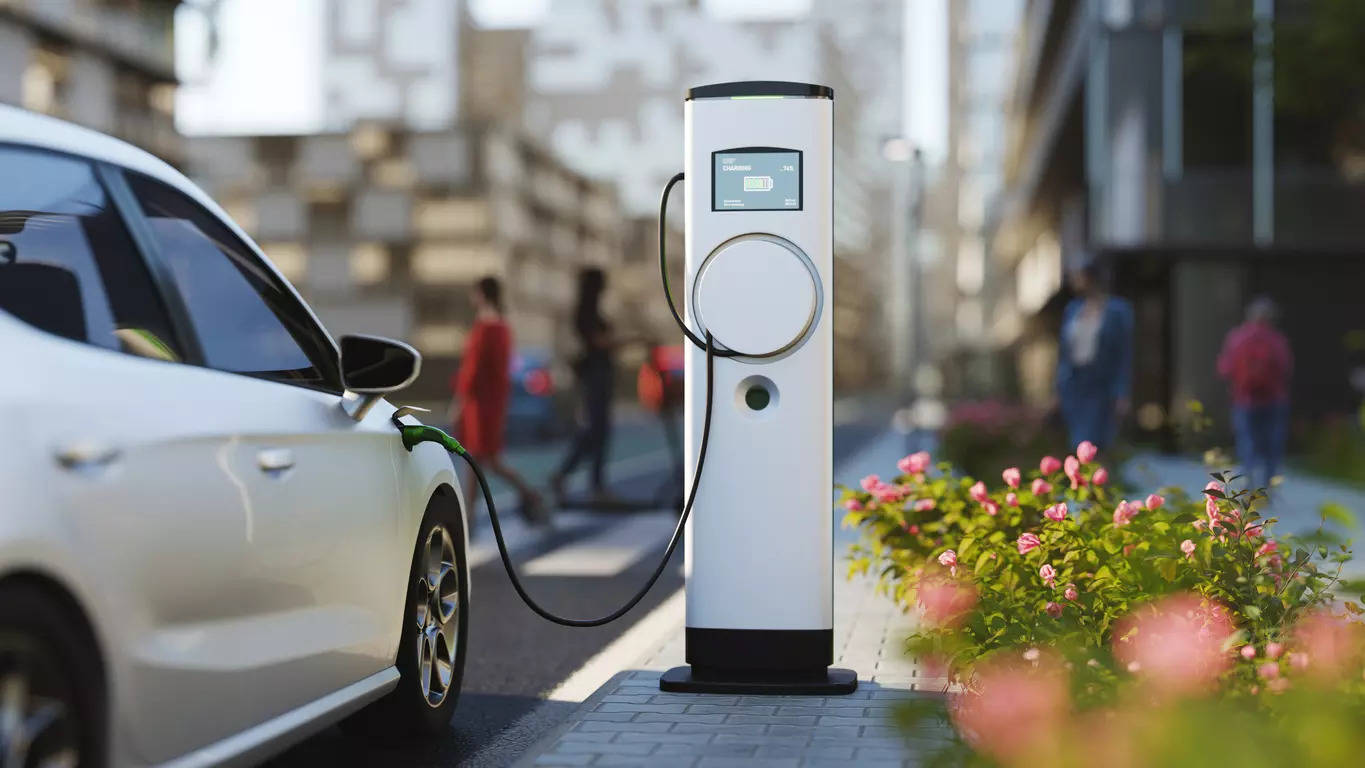
India is rapidly emerging as a leader in electric vehicle (EV) adoption, driven by technological advancements, falling battery costs, and a growing shift from policy-driven to consumer-led demand. According to Bloomberg NEF’s Electric Vehicle Outlook 2024 report, Indian EV sales are projected to soar to over 5.9 million by 2040, with a remarkable 199% growth expected by 2027 due to rising consumer interest and an expanding range of available models. Recent data from VAHAN shows a 23% year-on-year increase in EV registrations, with volumes in the first half of FY25 growing 20 percent to 8.93 lakh units. To accelerate this momentum, the Ministry of Heavy Industries has introduced the PM E-Drive scheme allocating INR 109 billion to bolster EV adoption, enhance charging infrastructure, and continue offering incentives across EV segments, supported by state-level initiatives. As India’s EV ecosystem evolves, constant innovation—spanning technology, infrastructure, and business models—will be crucial to accelerating adoption and ensuring that the country remains at the forefront of this electric mobility revolution.
Innovation to drive growth and acceptance of EVs
Innovation, particularly in battery and vehicle technology, plays a pivotal role in making EVs more accessible and appealing to the broader consumer base. Advancements in battery chemistry are significantly lowering production costs, which, in turn, is reducing the price of EVs. These innovations are also extending vehicle range, alleviating one of the most common consumer concerns—range anxiety. Faster charging solutions, from ultra-fast chargers to wireless charging technologies, are further enhancing the user experience.
Beyond just addressing cost and range concerns, innovation is driving improvements in vehicle performance, safety features, and energy efficiency. For instance, regenerative braking systems, smarter energy management, and lightweight materials are improving EV efficiency and reducing energy consumption. As these technologies continue to evolve, the total cost of ownership for EVs is rapidly becoming more competitive with traditional internal combustion engine vehicles, positioning EVs as a compelling choice for more consumers.
Advancements in battery technology and material science
Recent breakthroughs in battery technology, particularly in material science, are significantly enhancing the performance and affordability of EVs in India. Advances in lithium-ion battery chemistry, such as improving energy density and reducing reliance on expensive and scarce materials like cobalt, are driving down costs and boosting efficiency.
Research into alternative battery technologies is also gaining traction. Solid-state batteries, which promise greater energy density, faster charging, and enhanced safety, are on the horizon, while sodium-ion batteries—known for their cost-effectiveness and availability of raw materials—are witnessing growing interest. Multiple companies have announced initiatives aimed at exploring these technologies to reduce dependence on imports and push forward domestic innovation. According to data from the Ministry of Heavy Industries, these improvements have helped drive a 20% increase in EV sales in the first half of FY25, while the government’s continued push for localised manufacturing and innovation through schemes like PM E-Drive is set to accelerate this trend further.
Policy support to catalyse EV adoption
India’s battery production capacity is expected to reach 350GWh by 2030 (as per IESA report on Li-Ion Battery Requirement in India by 2030), powered by government initiatives like the Production Linked Incentive (PLI) scheme for Advanced Chemistry Cells (ACC), which has allocated INR 18,100 crore to boost domestic manufacturing. Government policies like the Critical Mineral Mission (CMN) are pivotal in ensuring a stable supply of essential raw materials, such as lithium, cobalt, and nickel, which are critical for battery production and EV manufacturing.
By securing access to these minerals, the policy helps mitigate supply chain disruptions, reduces dependency on imports, and fosters a domestic ecosystem that supports continuous innovation in EV technology, ensuring a steady supply of essential materials and fostering domestic production capabilities. In addition, schemes like the Faster Adoption and Manufacturing of Electric Vehicles (FAME) play a crucial role in driving the growth of the ecosystem by providing direct incentives to both consumers and manufacturers.
Through its phased approach, FAME aims to promote the widespread adoption of EVs by offering financial subsidies on purchases, making them more affordable for the average consumer. For manufacturers, the scheme offers incentives to produce EVsdomestically, supporting the development of localised supply chains and encouraging investments in research and development for advanced EV technologies. With India’s focus on indigenising battery manufacturing, such improvements are being rapidly integrated into the domestic EV ecosystem.
However, the impact of innovation extends beyond the vehicles themselves. The development of a robust and intelligent charging infrastructure is critical to supporting widespread adoption. Innovations in grid management, battery swapping technology, and renewable energy integration are essential in ensuring that charging networks can scale efficiently without overburdening existing power grids.
Challenges such as the need for standardisation of batteries and charging infrastructure persist. Addressing these issues through consistent innovation is vital for overcoming technical hurdles, reducing range anxiety, and creating a seamless experience for EV users. As battery costs continue to decline, having fallen nearly 89% globally between 2010 and 2023, India is poised to scale up EV production and adoption, positioning itself as a leader in the global EV market. By continually evolving technology and policy, the EV ecosystem can achieve widespread acceptance and long-term growth.
To learn more about the electric vehicle ecosystem and meet the key industry leaders, click here.

